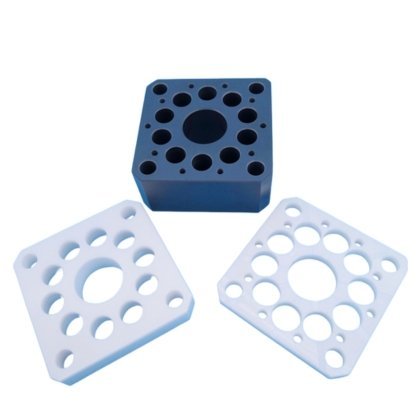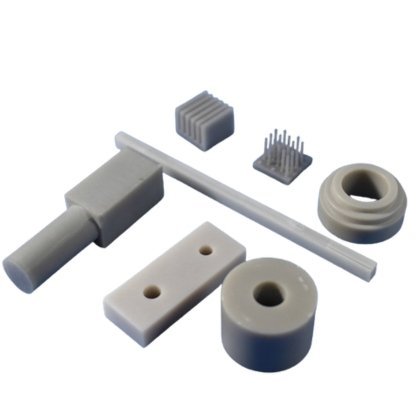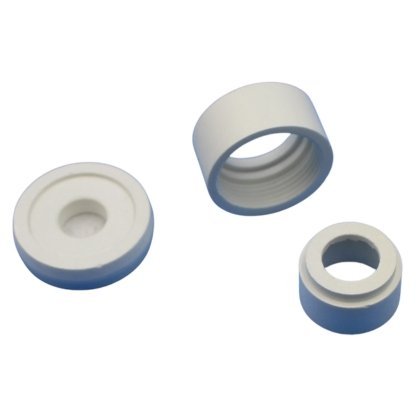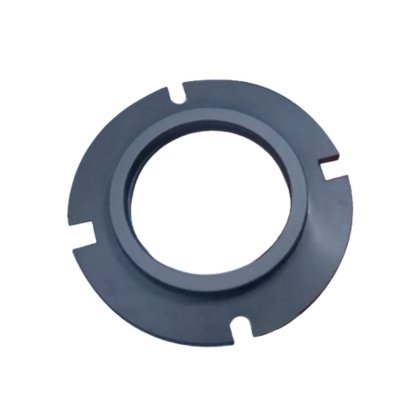Advanced Ceramic Materials Overview
Advanced ceramic materials, also known as technical ceramics, are high-performance inorganic, non-metallic materials designed for extreme industrial applications. These ceramics surpass traditional materials in thermal stability , mechanical strength, and corrosion resistance. Main technical ceramic compositions include alumina (Al₂O₃), zirconia (ZrO₂), and aluminum nitride (AlN), optimized for industries like aerospace, semiconductors, and biomedical engineering.
Advanced ceramics VS Traditional ceramics
|
Items |
Traditional Ceramics |
Advanced Ceramics |
| Raw Materials | Natural minerals, used directly without treatment | Highly selected raw materials, artificial synthesis |
| Structure | The microstructure is coarse, uneven, and porous | Uniform and fine microstructure |
| Preparation Process | Low sintering temperature, no processing required after sintering | The sintering temperature is high and processing is required after sintering |
| Product Performance | Limited to daily life and construction use | Excellent physical, chemical and other properties, industrial fields |
The commonly ceramic forming processes for technical ceramics include isostatic pressing, dry pressing, tape casting,hot die casting, extrusion forming, injection molding,slip casting, etc. The initial blank is sintered to densify the internal structure. In order to achieve the product dimensional accuracy required by customers, diamond tools are sometimes required for grinding.
Key Properties
- Thermal Resistance: Maintain structural integrity in high-temperature environments (e.g., aerospace propulsion systems).
- Wear Resistance: 10x longer lifespan than metals in abrasive applications like oil drilling pumps.
- Electrical Insulation: Low dielectric constant ideal for semiconductor components.
- Biocompatibility: FDA-approved grades for medical implants, reducing infection risks by 60%.
Advanced Applications
- Semiconductors: High-precision components for wafer handling and etching systems.
- Aerospace: Lightweight turbine blades and heat shields for propulsion systems.
- Medical: Dental implants and surgical tools with antibacterial surfaces.
- Energy: Corrosion-resistant parts for fuel cells and solar panels.
Manufacturing Excellence
Advanced ceramics are produced by using different ceramic forming methods, then sintering for near-theoretical density and jprecision grinding for micron-level precision.
| Process parameters | Minimum slot width (mm) | hole machining accuracy (mm) | Roughness Ra (μm) | Parallelism (mm) | Linear dimension accuracy (mm) | Warpage (mm) | Roundness (mm) |
| Accuracy | 0.2 | ±0.005 | 0.01~0.2 | 0.001/100 | ±0.002 | 0.005/100 | ±0.001 |
Advanced ceramics outperform metals due to their superior hardness and thermal shock resistance. For example, zirconia plungers in hydraulic systems reduce wear by 90% and operate at 1,500°C without deformation, unlike steel, which oxidizes above 500°C. Their low density (5.7–6.0 g/cm³) also minimizes energy loss in rotating machinery, as seen in aerospace turbines.
In semiconductor production, alumina ceramics provide electrostatic dissipation (ESD) protection with volume resistivity of 1*1013~1014 Ω.cm, preventing wafer contamination. Precision components like ceramic shafts (roundness: 2×10⁻³ mm) ensure alignment in lithography systems. Si₃N₄ etch-resistant plates extended tool lifespan by 70% in plasma etching chambers.
Yes, Jinghui has an experienced technical sales team. We will combine years of experience in technical ceramics wear resistance, thermal management, electrical performance, etc. to provide you with the right ceramic manufacturing component design, from simple suggestions to more complex solutions. Please contact us with the details of your application and our engineers will be happy to serve you.







